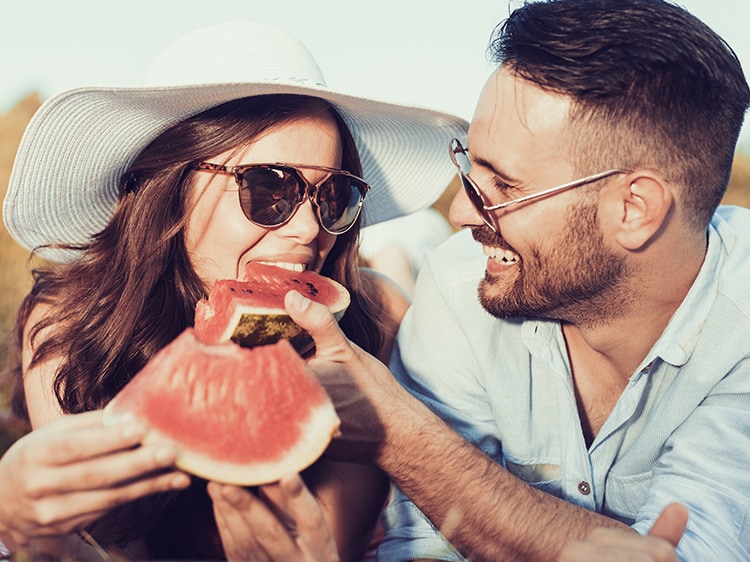What Are Those Bumps on Your Tongue?
Your tongue's surface houses four types of papillae, nodule-like structures that assist with taste, speech, chewing, and swallowing. The four types of lingual papillae include:
- Filiform. The most common type of papillae, filiform papillae, do not contain taste buds. Instead, they act as grips or ripples on your tongue to assist in cleansing the mouth, chewing and speaking.
- Fungiform. Between 200 and 400 fungiform papillae exist on your tongue, mostly at the tip and edges. Each contains 3 to 5 taste buds as well as sensory cells for texture and temperature.
- Circumvallate. The very large circumvallate papillae reside at the base of your tongue near your throat and contain hundreds of taste buds. These papillae are so large they are visible to the naked eye.
- Foliate. The ridges along the rear edge of your tongue are foliate papillae. These also contain hundreds of taste buds.
What Causes Enlarged or Inflamed Papillae?
Enlarged papillae appear as little white or red bumps that occur when the papillae become irritated and slightly swollen. This condition is also known as lie bumps or transient lingual papillitis. This swelling might occur from the normal exfoliation of papillae cells. However, several other factors could also affect the papillae enough to cause swelling. These include:
- Injuries to the mouth. Burns, cuts, or injuries to the tongue can all cause swelling to occur, while exposure to spicy, sour, hot, or cold foods can lead to irritation.
- Infections. Viral, bacterial, and fungal infections — such as the cold and flu – can also make the tongue swell.
- Unhealthy habits. Cigarettes contain chemicals that can irritate your papillae. Stress is also linked to swollen, enlarged papillae. Finally, poor oral hygiene can lead to the buildup of food debris and plaque bacteria, causing swelling and even growths on the papillae.
Some other medical conditions can also make papillae feel different. This includes benign migratory glossitis, also known as geographic tongue. In this condition, the tongue exfoliates its cells at an inconsistent rate, giving the tongue a map-like appearance that shows where the papillae have worn off and eventually will regrow. Other conditions that might contribute to papillary inflammation include canker sores, allergic reactions, syphilis, oral herpes simplex, cancer, or autoimmune disorders.
How to Treat and Prevent Enlarged Papillae
Although they might feel uncomfortable, most enlarged papillae usually go away without treatment within a few days. Maintain your oral care routine by brushing twice a day and cleaning between teeth with floss or an interdental device. Allowing the lesions time to heal, rinsing with warm salt water, and staying hydrated might help treat inflamed or enlarged papillae.
If any oral lesion lasts longer than seven days, you should schedule an evaluation with your dental professional. Monitor the lesion's size, color, and location to aid your dental professional with their assessment. If the lesions bleed, become increasingly painful, grow in size, or spread, seek immediate care.
Preventing enlarged papillae starts with identifying the most likely cause. Determine if certain foods irritate your tongue, protect your mouth during sports and other physical activity, and stay aware of your tongue placement during everyday tasks like eating or talking. Quitting smoking and decreasing stress might also reduce the likelihood of enlarged tongue bumps.
That pesky tongue bump might annoy you for a day or two, but don't let it cause worry. Keep an eye on it while maintaining your oral care routine, and you might forget all about it by this time next week!
This article is intended to promote understanding of and knowledge about general oral health topics. It is not intended to be a substitute for professional advice, diagnosis or treatment. Always seek the advice of your dentist or other qualified healthcare provider with any questions you may have regarding a medical condition or treatment.
ORAL HEALTH QUIZ
What's behind your smile?
Take our Oral Health assessment to get the most from your oral care routine
ORAL HEALTH QUIZ
What's behind your smile?
Take our Oral Health assessment to get the most from your oral care routine
















